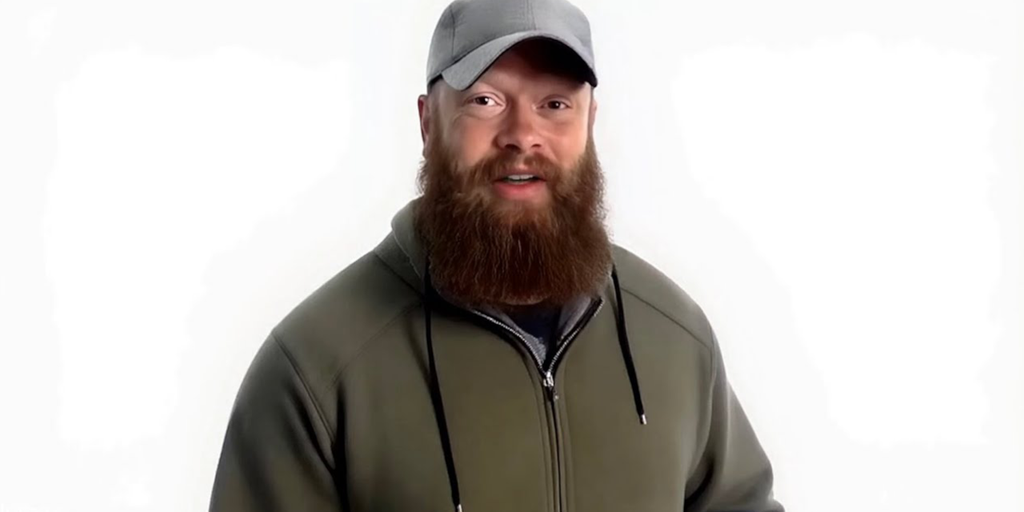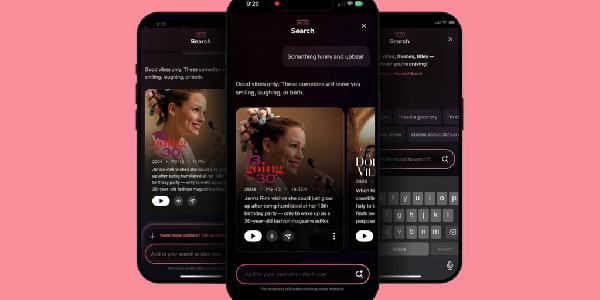Christopher Pelkey spoke directly to the man who shot and killed him during a 2021 road rage incident in Arizona—three-and-a-half years after his death.
“To Your Honor, Judge Lang, thank you for making yourself available to see this case to the end. Especially when the rescheduled trial conflicted with your daughter’s spring break,” the AI version of Christopher Pelkey said in a video presented in the Phoenix, Arizona courtroom.
"To Gabriel Horcasitas, the man who shot me: It is a shame we encountered each other that day in those circumstances," Pelkey‘s voice and likeness rang out in the courtroom. "In another life, we probably could‘ve been friends. I believe in forgiveness and in God who forgives. I always have and I still do."
The voice wasn‘t actually Pelkey‘s—it also came from an AI-generated video created by his family for the sentencing hearing. The digital resurrection marked what’s believed to be the first time artificial intelligence has been used to deliver a victim impact statement in court.
Maricopa County Superior Court Judge Todd Lang was visibly moved by the presentation. "I love that AI. Thank you for that,” Lang told the family after watching the video. “I loved the beauty in what Christopher (said)… I felt like that was genuine."
Horcasitas was found guilty of manslaughter for shooting 37-year-old Pelkey during a road rage confrontation in Chandler, Arizona in 2021. The Judge sentenced 50-year-old Horcasitas to nearly 13 years in prison—one year more than what prosecutors had requested.
The idea of using the victim’s likeness in court came from Pelkey‘s sister, Stacey Wales, as she collected impact statements from family and friends. She received 49 letters for the judge to read, but that wasn’t enough.
"There was one missing piece. There was one voice that was not in those letters," Wales told Fox 10 Phoenix.
Creating the AI version of her brother wasn‘t simple. Wales turned to her husband Tim and their friend Scott Yentzer, who have been working with AI technology for years. The team cobbled together various tools to bring Pelkey back to life—what Wales called "a Frankenstein of love."
More challenging than dealing with the technical aspects was deciding what Pelkey would actually say. Wales had strong opinions about the sentencing and whether to forgive Horcasitas, but claims she did her best to be fair.
"It was important not to make Chris say what I was feeling, and to detach and let him speak—because he said things that would never come out of my mouth, but I know would come out his," Wales explained.
The AI simulation wasn‘t perfect, but was good enough to trigger emotional responses in those who watched it. The video even included a photo of Pelkey that had been run through an "old age" filter to show what he might have looked like had he lived.
"This is the best I can ever give you of what I would have looked like if I got the chance to grow old," the AI version of Pelkey said. "Remember, getting old is a gift that not everybody has, so embrace it and stop worrying about those wrinkles."
Of course, the concept of using a deepfake image of a dead person to manipulate judges and jury is a new kind of problem that only generative AI could have created. Arizona Chief Justice Ann Timmer noted in a statement to ABC Arizona that while AI offers potential benefits, it could also "hinder or even upend justice if inappropriately used."
And that’s a double-edged sword that could be exploited in the future, especially as AI video generators improve in quality to produce almost lifelike outputs—and people use it more and more to animate photos of their deceased loved ones. Arizona State professor of law Gary Marchant also questioned the use of AI in courts.
“If you look at the facts of this case, I would say that the value of it [outweighed] the prejudicial effect,” he told the local news outlet AZ Family, "but if you look at other cases, you could imagine where they would be very prejudicial."
Edited by Andrew Hayward
Your Email










